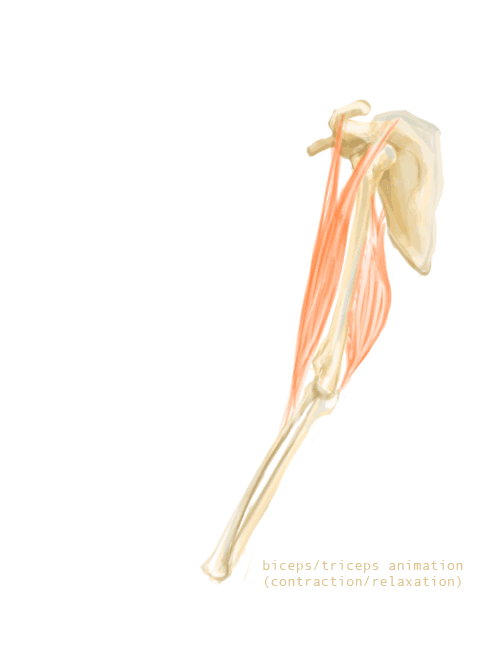Note that your final mark will not be saved in the system.
1.1.b. The structure and function of the muscular system GapFill
You must fill all the gaps before clicking ‘Check Answers!’

Skeletal muscles do not work individually to cause movement during sport and physical activity; they work in pairs. To put this simply, as one muscle in a pair contracts, the other .
The is the term given to the primary 'instigator' of a joint movement. The contraction of this 'instigator' causes movement at the articulating joint. The is the term given to the muscle which opposes the motion of its paired 'instigator'. As some major muscles attach at multiple joints, the muscle is needed to stabilise one joint, whilst the other performs movement.
Let's explore these muscle terms further with some sporting examples. Firstly, the hamstring and quadriceps are an example of an antagonistic muscle pair. During at the knee joint (e.g. when pulling the leg back in preparation to kick a ball), the hamstring acts as the muscle, while the quadriceps acts as the muscle. However, they reverse roles when the leg extends (e.g. to kick a ball). For the movements involved in this sporting action, the abdominals act as the fixator muscle by preventing undesirable movement at the hip joint, where the antagonistic pair also attaches.
The biceps and are another example of an antagonistic muscle pair. During at the elbow (e.g. during the preparation phase of a tennis smash), the biceps acts as the , while the act(s) as the . However, they reverse roles when the arm undergoes extension (e.g. when straitening the arm to move the racket towards the ball). The fixator muscles in action here are the muscles, which prevent undesirable movement at the joint of this antagonistic pair.